
By Monica Macoubrie, Wildlife Education Specialist
If you’ve ever walked across a Nebraska prairie and noticed small dirt mounds dotting the landscape, heads popping from burrow openings and sharp barking — you’ve likely wandered into a prairie dog town. These animals are more than just quirky, social rodents. They’re engineers, ecosystem builders and, whether we like them or not, central figures in the story of the Great Plains.
Welcome to the Town
When people hear the word “town,” they usually think of a collection of houses, streets and neighbors going about their day. But on the Nebraska prairie, towns look a little different — and thee residents have fur, whiskers and a serious love for dirt. Prairie dog towns, found in Nebraska’s Panhandle, Sandhills and even scattered throughout our shortgrass prairies, are some of the most impressive examples of underground engineering in the animal kingdom.
These colonies can stretch hundreds of acres, and in historic times, they spanned thousands — one Texas town was recorded at 25,000 square miles. Nebraska’s prairie dog towns aren’t quite that massive, but they still play a vital role in shaping the land around them. And just like our own communities, they have organization, purpose and even a little drama.
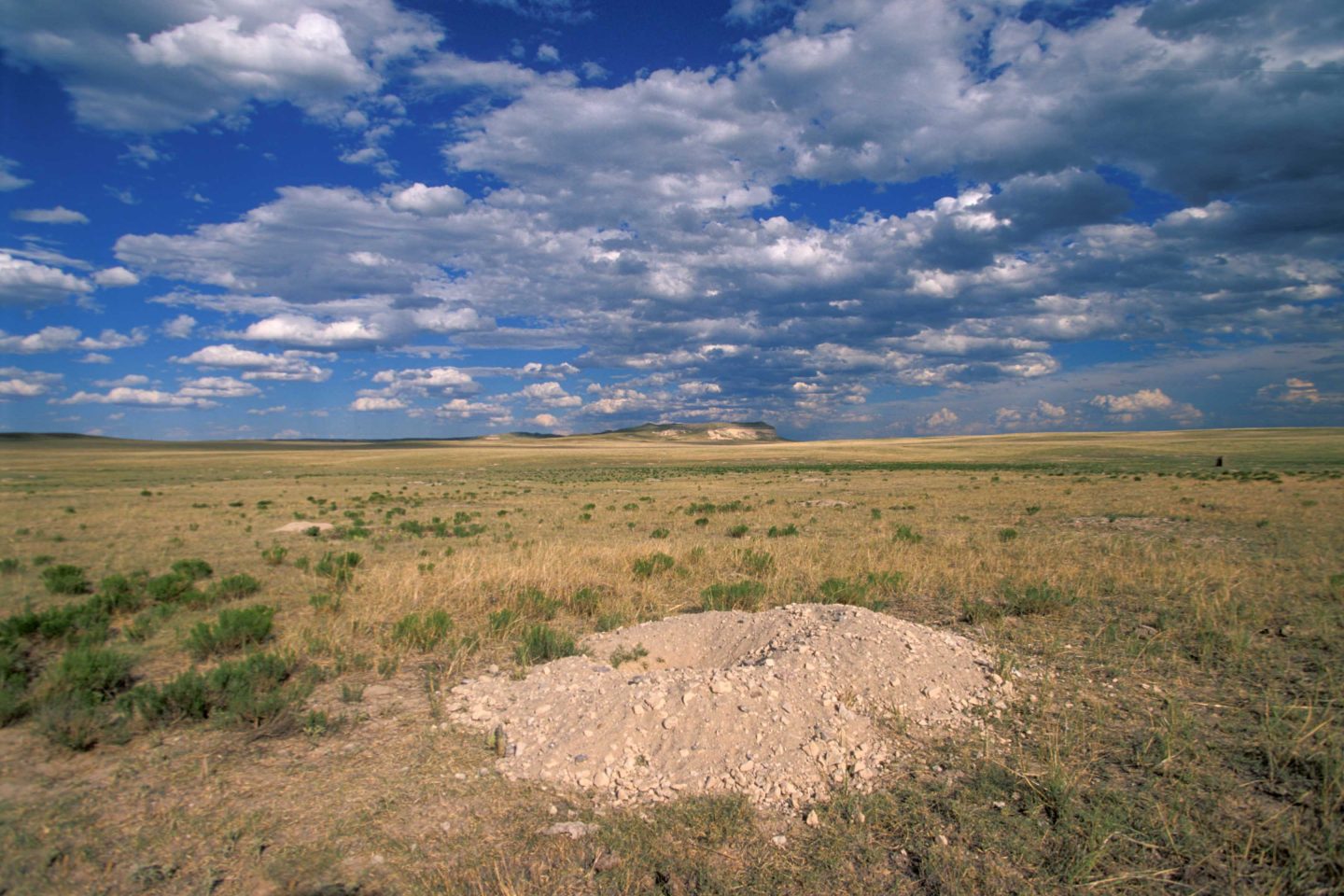
Tunnels with a Purpose
Each prairie dog burrow starts with a surface mound — basically a dirt volcano that acts as both a lookout point and a flood barrier. From that entrance, tunnels stretch downward at an angle, typically around 3 to 10 feet deep, depending on soil type and drainage. These tunnels can extend horizontally up to 50 feet, with multiple branches and rooms.
Inside, there are designated “rooms” for sleeping, nesting and even toilet areas. Yes, prairie dogs have bathrooms, because keeping waste confined helps reduce the spread of disease. Some burrows even have twisty emergency exits or sharply angled tunnels that act as predator traps, making it harder for snakes or badgers to reach young pups.
Certain mounds are positioned to help with ventilation, too. Hot air rises through one opening while cooler air is pulled in through another, keeping the tunnel system breathable even in the heat of summer. When you’re living underground all year long, airflow matters.
The Layout of a Town
A prairie dog town isn’t just a chaotic jumble of holes — it’s a highly organized community. The town is divided into wards, almost like neighborhoods, and within those are family groups known as coteries. A single coterie usually includes one dominant male, a few adult females and their young offspring. These family units defend their territory from others and work together to maintain their section of the town.
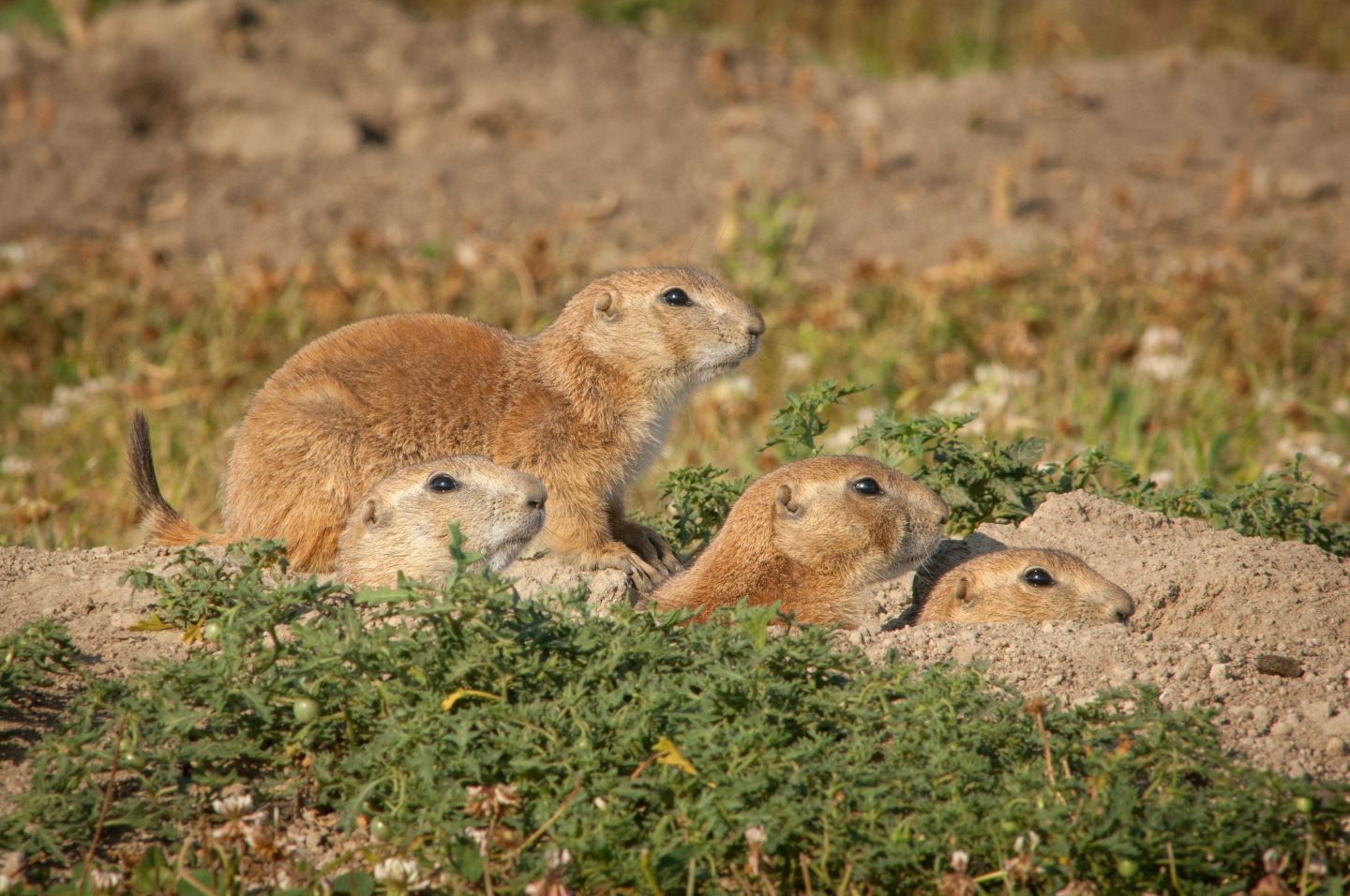
Coteries can inhabit areas as small as a few hundred square feet, however, members are territorial. Border disputes and squabbles happen when boundaries get blurred. You’ll see prairie dogs chasing one another, posturing or making loud calls if another individual crosses into the wrong part of the colony. But within a family group, there’s a lot of social bonding: grooming, chirping and nose-touch greetings help reinforce relationships.
Small Mammal, Big Role
All that digging isn’t just for show. In Nebraska, where our native prairies are shaped by a delicate balance of disturbance and regrowth, prairie dogs play an outsized role. Their constant soil churning improves aeration, boosts water infiltration and brings subsoil nutrients closer to the surface. Their clipped grazing zones encourage a mix of plant species, which in turn supports pollinators and small herbivores.
Some landowners worry that prairie dog towns reduce available forage for cattle. In high-density colonies, that can be true, but research shows that moderate prairie dog presence often enhances grassland productivity over time. Their influence leads to patchier vegetation, which supports more insects, attracts birds and provides cover for ground-nesting species.
Prairie disturbance creates more biodiversity — a concept that describes how our grasslands evolved alongside bison herds, fire and, yes, even prairie dogs.
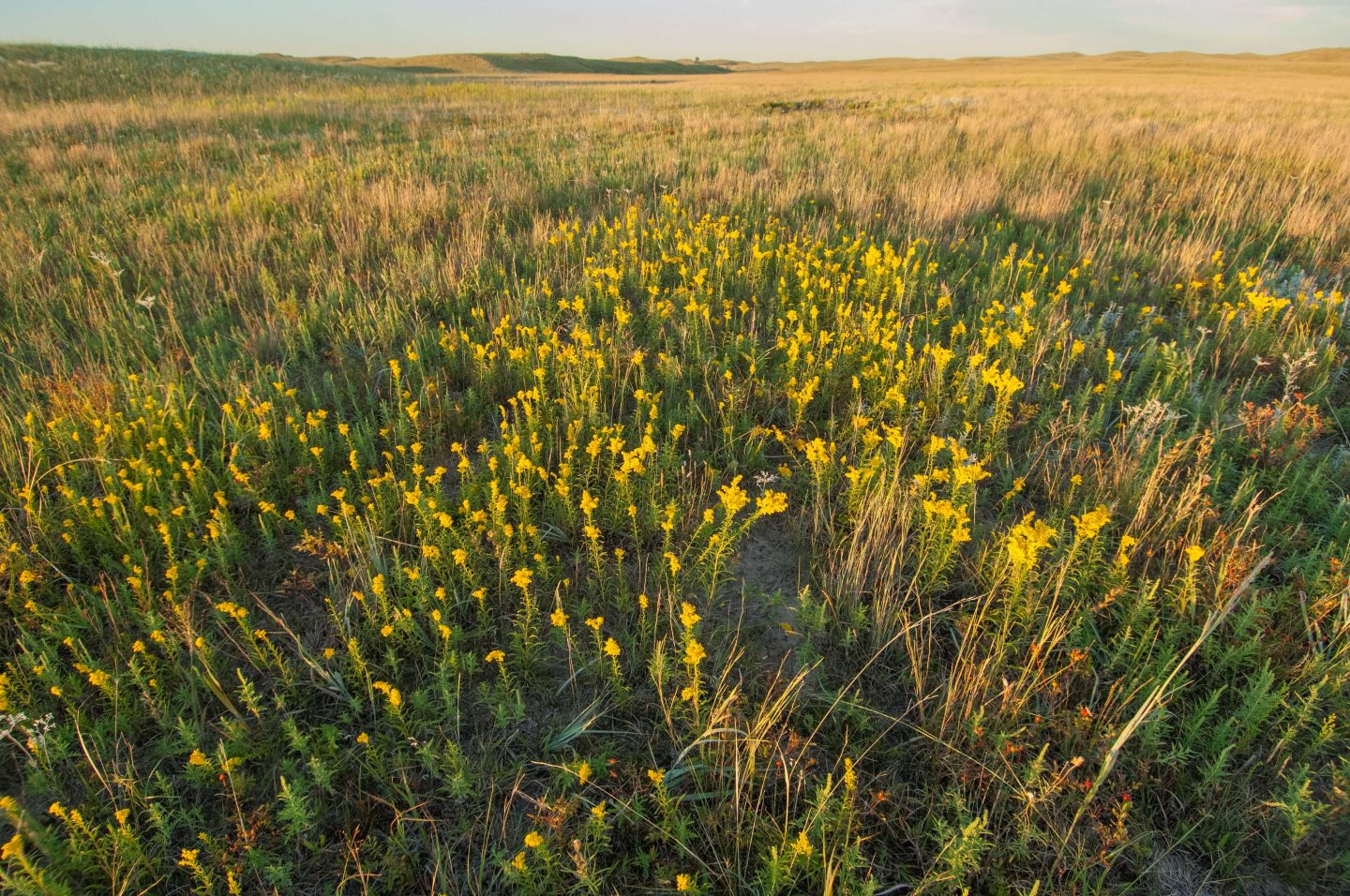
The Prairie’s Chattiest Mammals
Prairie dogs don’t just make noise — they speak a language that is structured, full of meaning and astonishingly detailed.
For years, researchers have studied their calls, and what they’ve found is nothing short of incredible. Prairie dogs use a complex system of vocalizations that go well beyond a simple “danger!” alarm. Their calls can describe what kind of predator is approaching, such as a hawk, coyote or human; how fast the predator is moving; and where it’s coming from. Even more mind-blowing is that prairie dogs can encode specific physical traits of the intruder, such as their size, shape and even color.
In one study, prairie dogs made different calls for a human wearing a blue shirt versus one in yellow. That’s not just impressive — it’s language that rivals some of the most sophisticated animal communication systems on Earth.
When a predator enters a colony’s airspace or territory, one prairie dog will sound the alert, and that warning ripples outward like a prairie-wide siren system. Within seconds, the whole colony knows what’s coming and how to respond.
And when the coast is clear, there’s a different call for that, too — a distinct vocalization that means, “You can relax, we’re good now.”
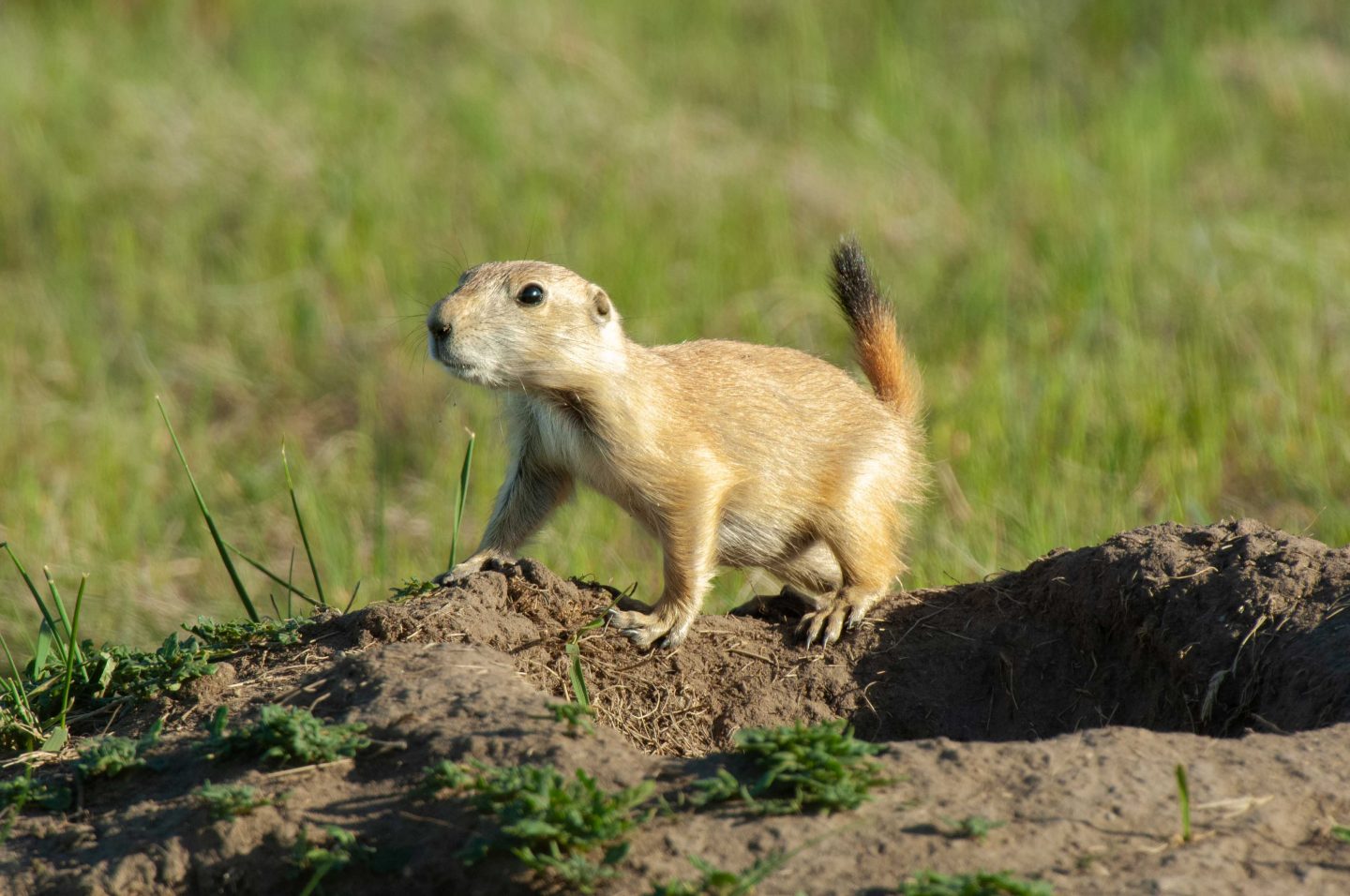
A Complicated Coexistence
We can’t talk about prairie dogs without acknowledging the controversy. Prairie dogs have long been viewed by some landowners as pests. Their digging can create tripping hazards for livestock — though cattle tend to avoid the mounds — and their grazing can reduce grass height in heavily populated colonies. Because of this, prairie dogs have been subject to widespread control efforts, such as poisoning, shooting and habitat destruction.
However, research increasingly shows that well-managed prairie dog populations don’t necessarily harm rangelands. In fact, their presence can improve plant diversity and support more resilient ecosystems in the long run. The key is balance — ensuring prairie dogs have space to thrive without overwhelming surrounding land uses.
In Nebraska, prairie dogs are native, and they’re part of our natural heritage. State agencies, conservation groups and landowners are working together to find management solutions that allow for coexistence.
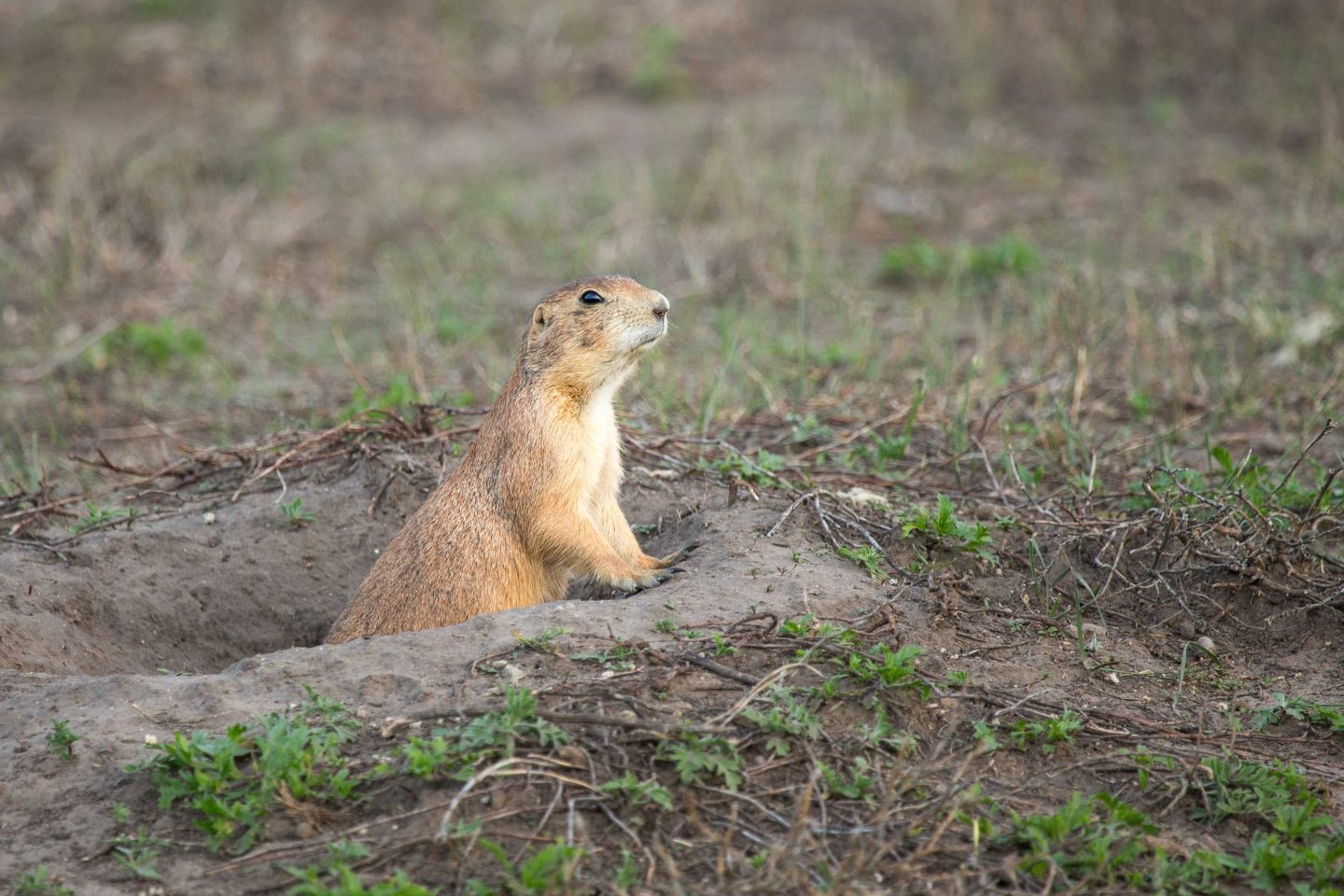
Seeing Them with New Eyes
Prairie dogs aren’t glamorous. They’re not as majestic as elk or as mysterious as mountain lions. But when you really get to know them — watch them interact, understand their role in the ecosystem and appreciate their architecture — you start to realize just how remarkable they are.
So next time you find yourself in the Sandhills or out on the shortgrass prairie, and you hear those sharp barks echoing across the landscape, take a moment. Watch. Listen. What you’re seeing is more than just a rodent poking its head out of the dirt. You’re witnessing a tiny, tireless shaper of the prairie.
